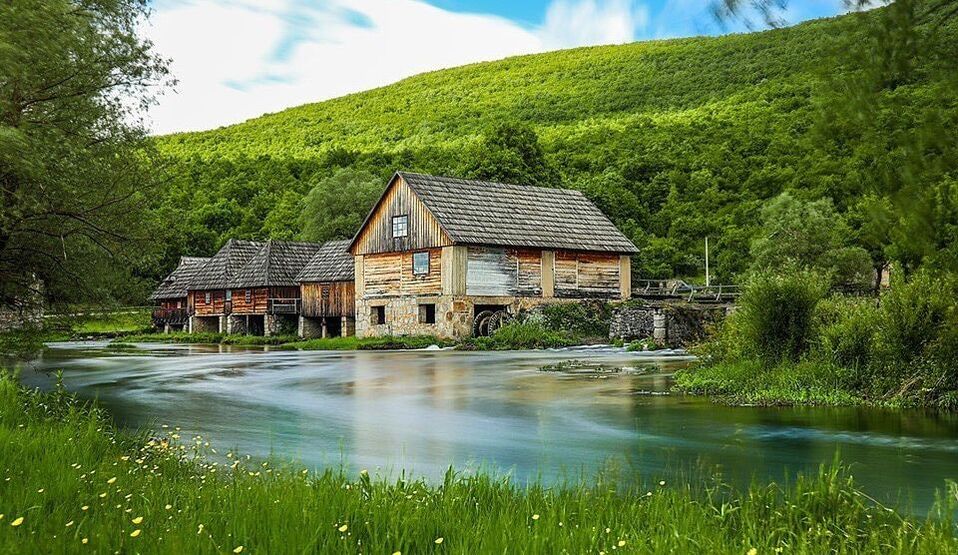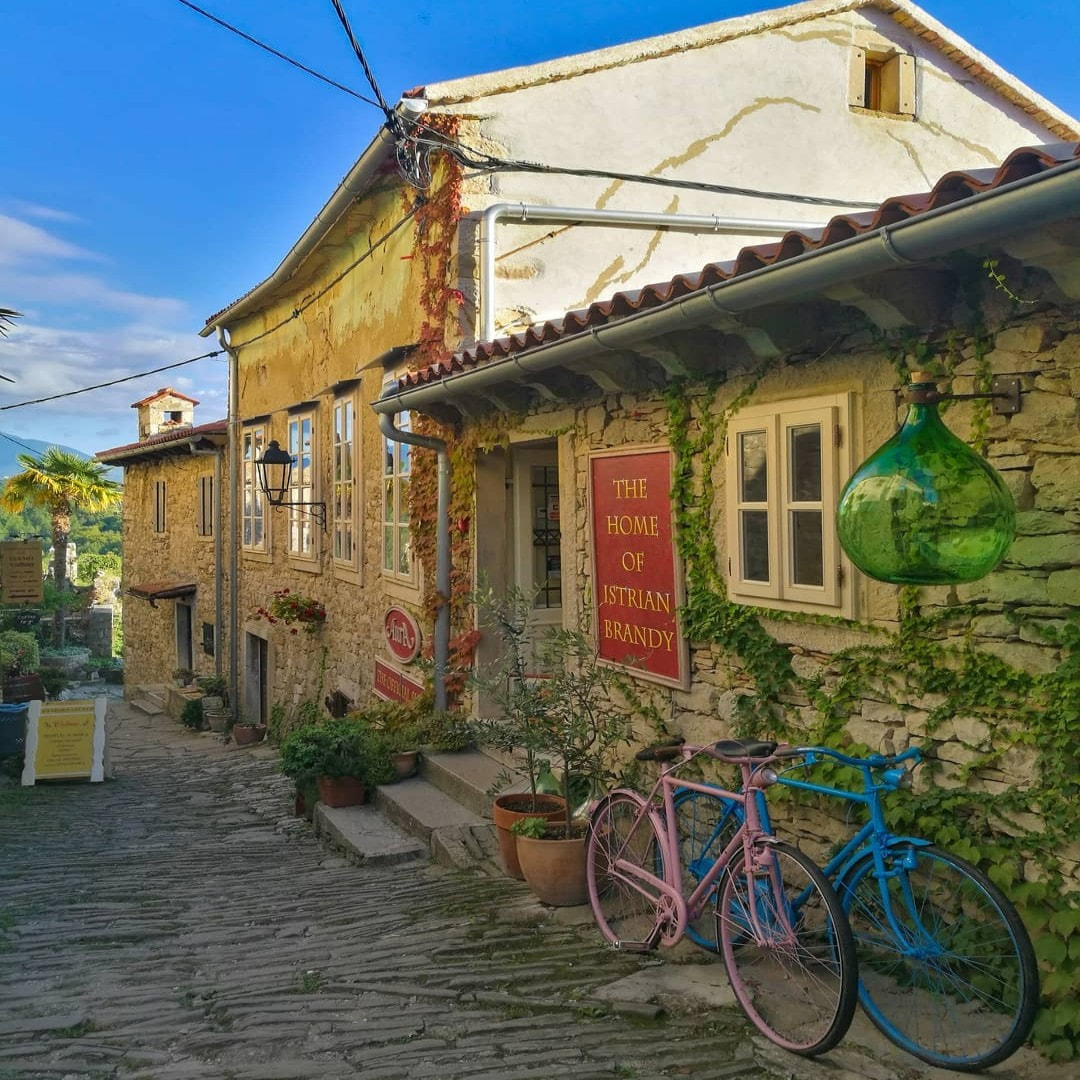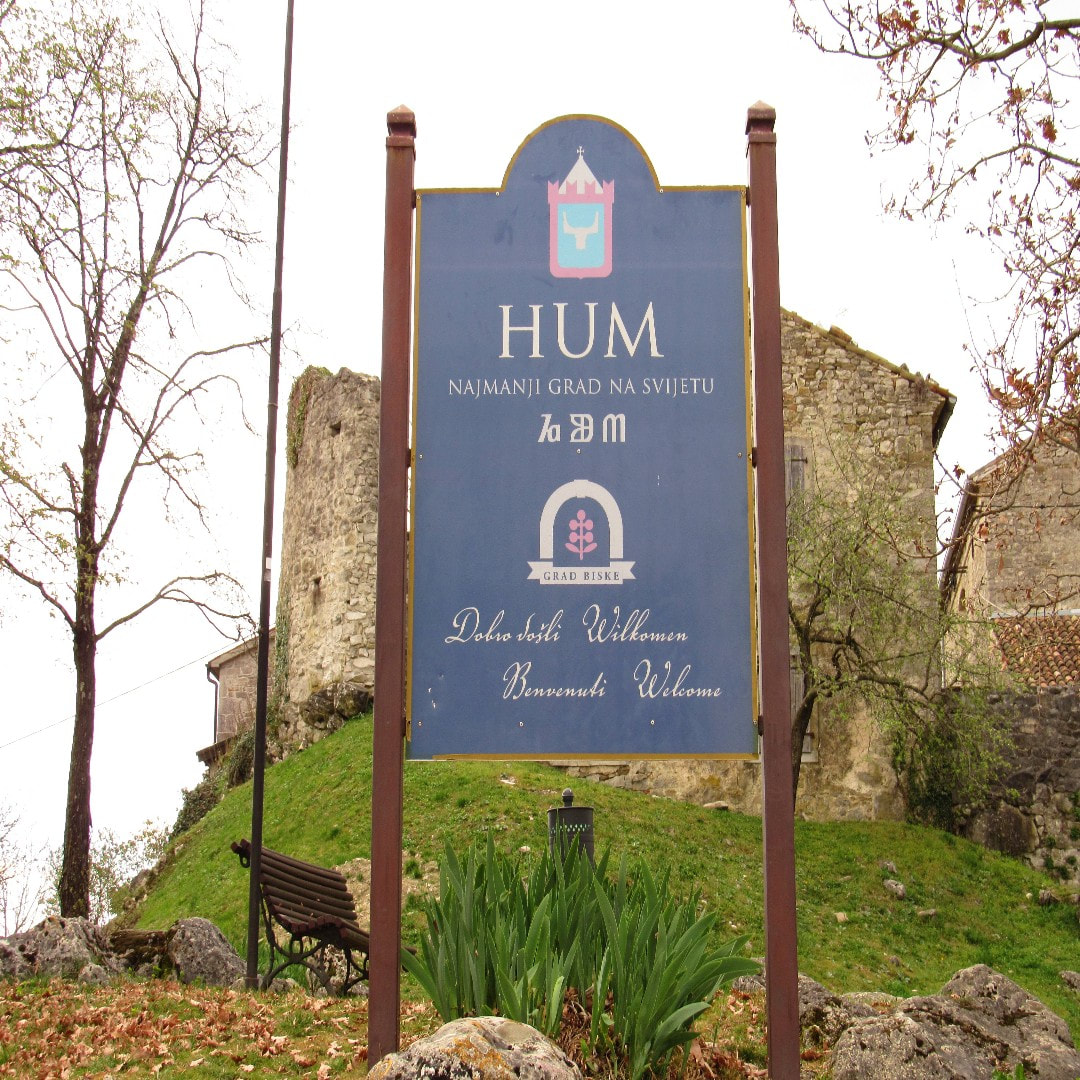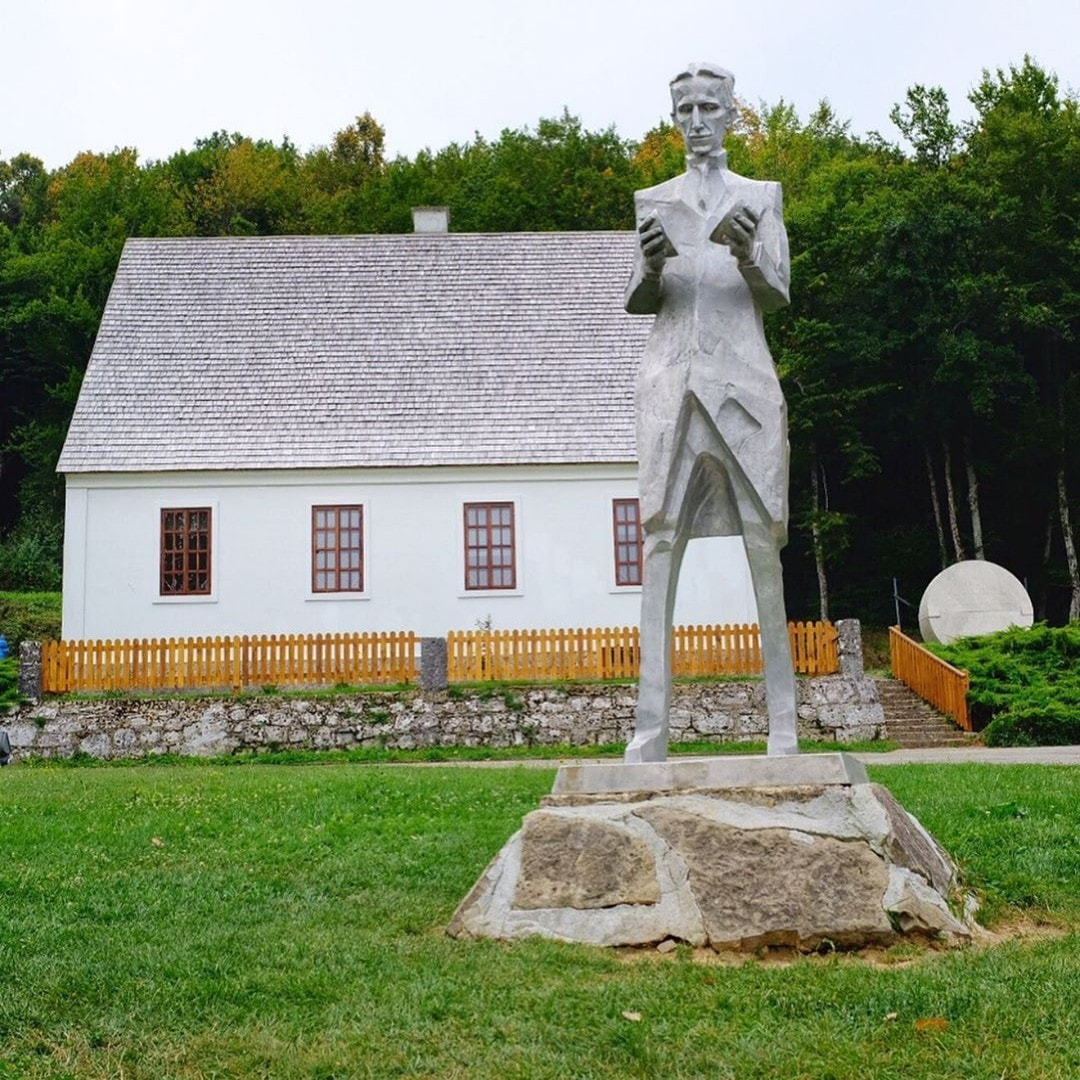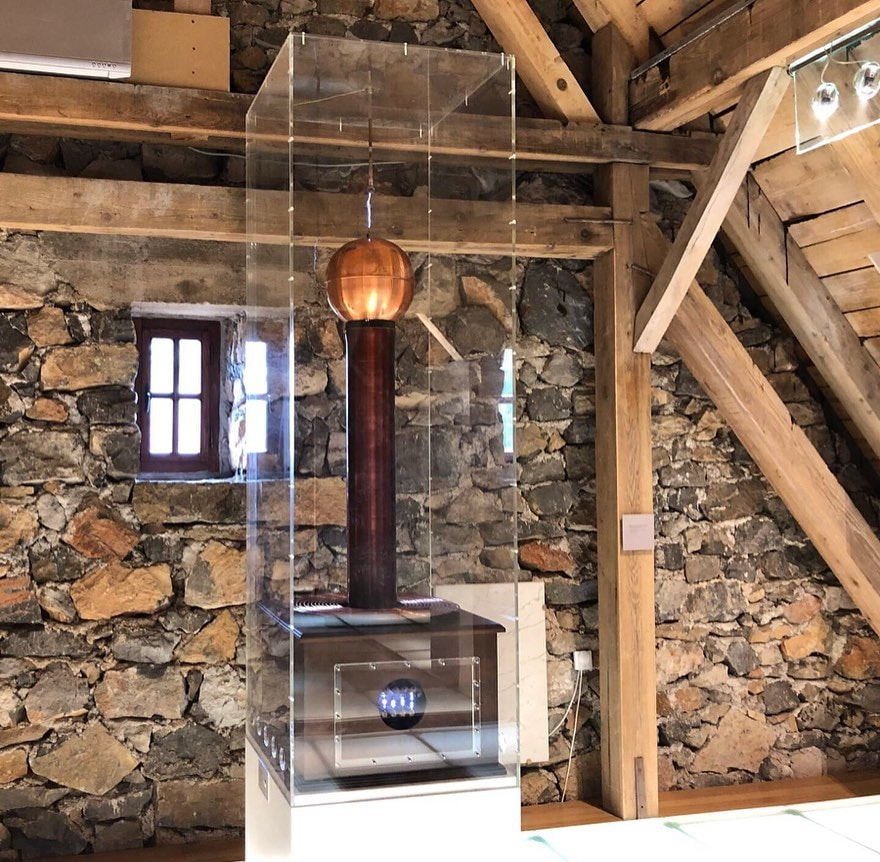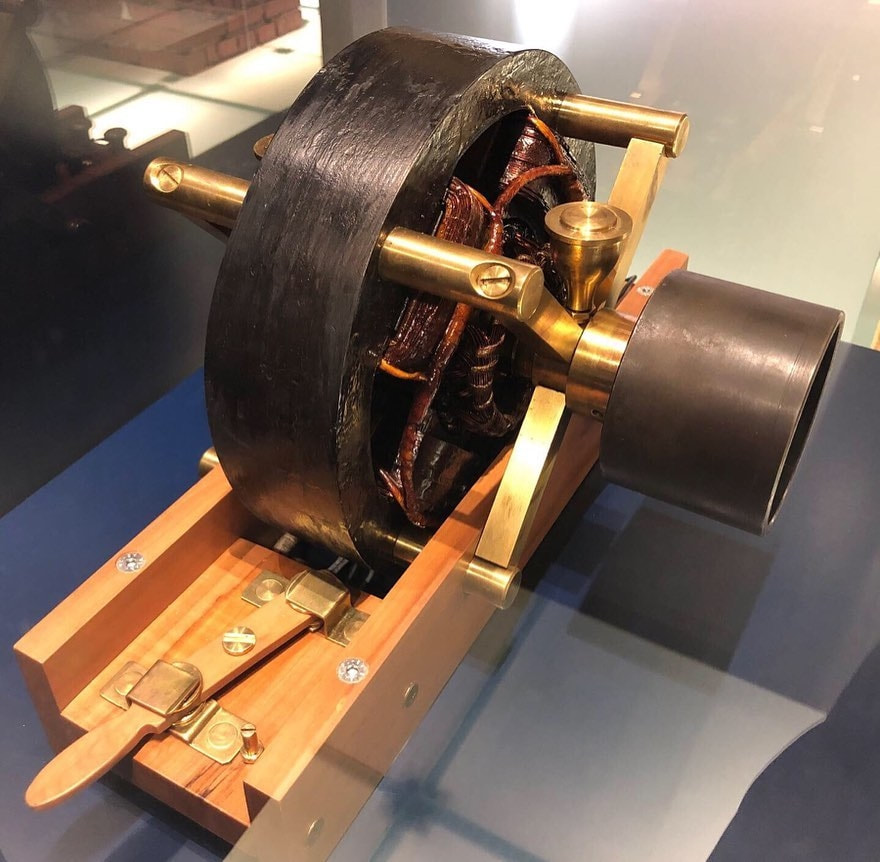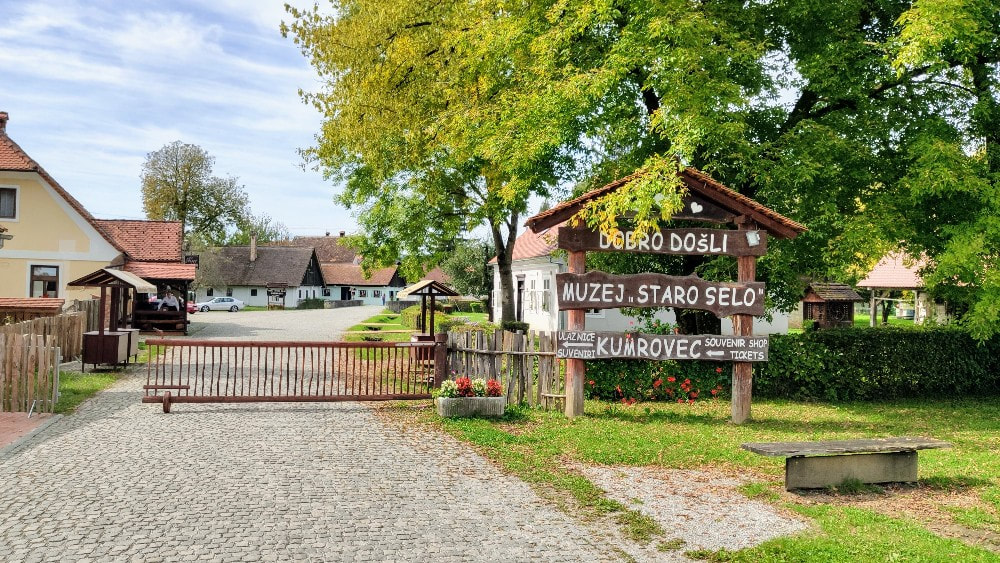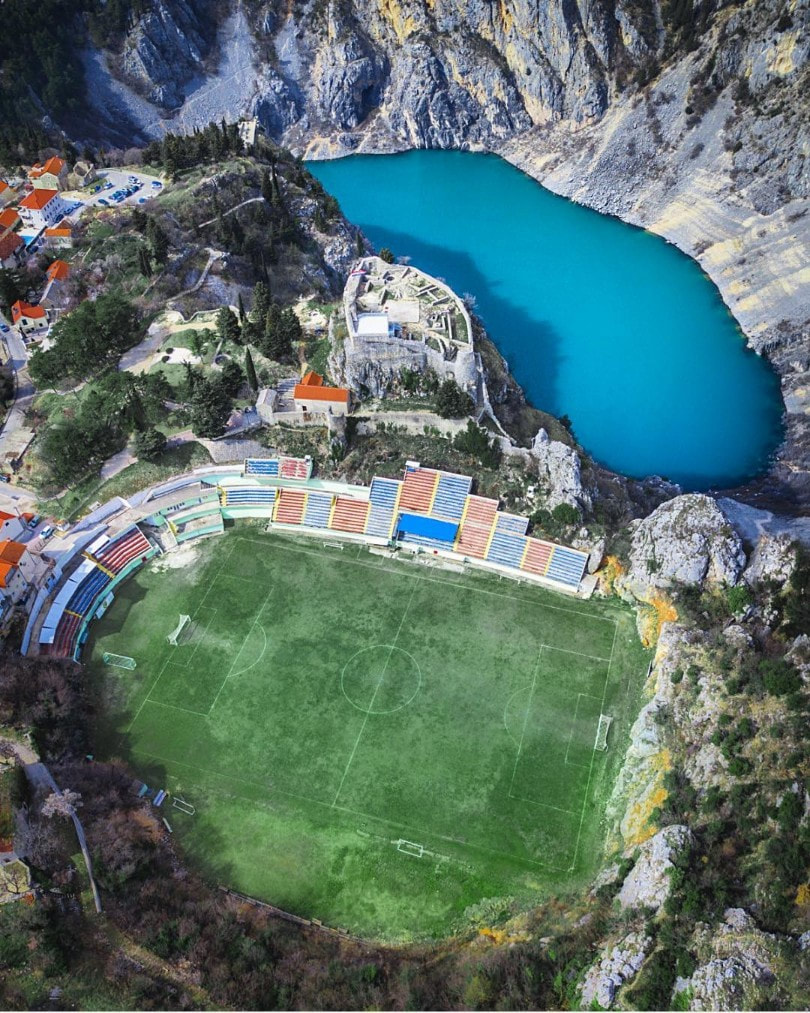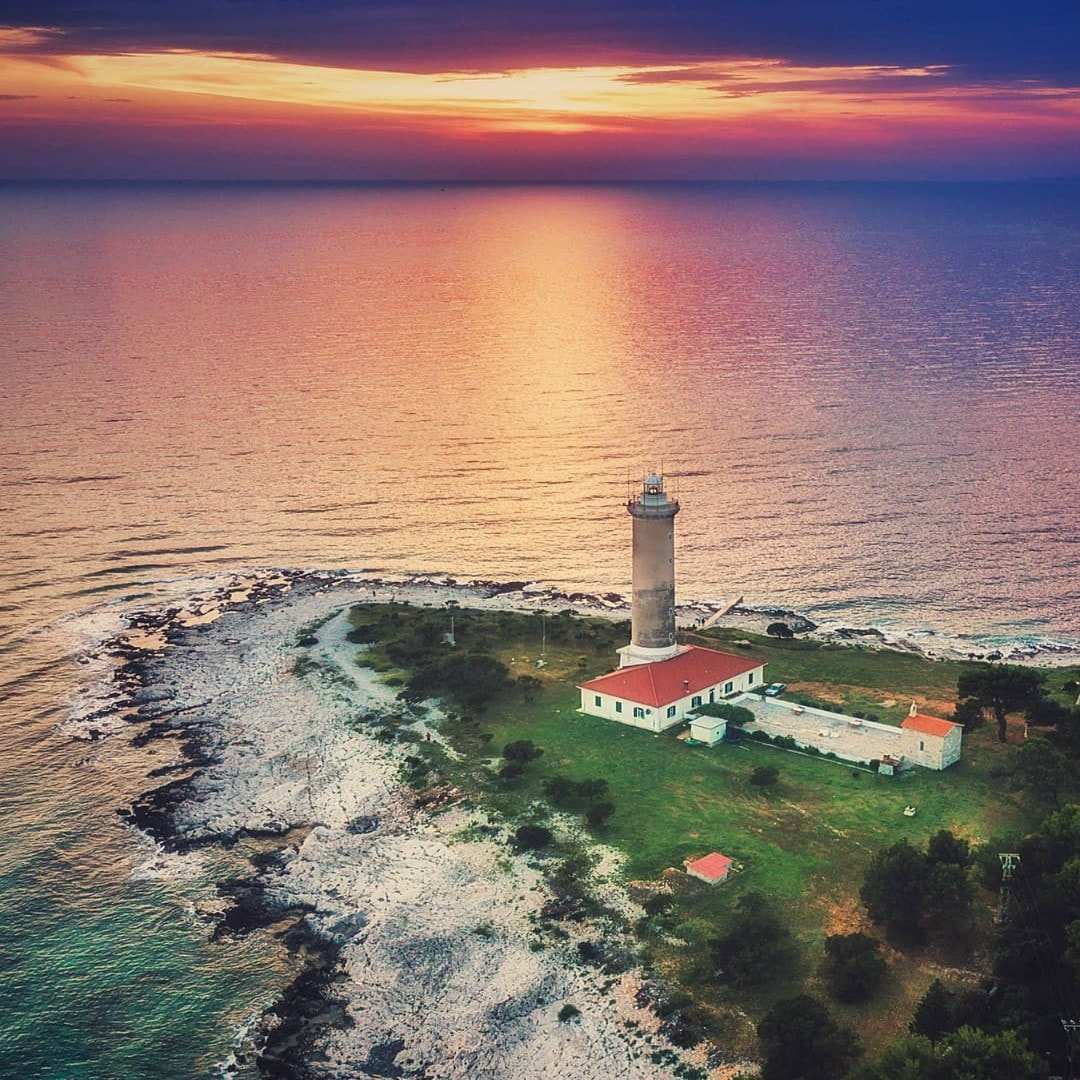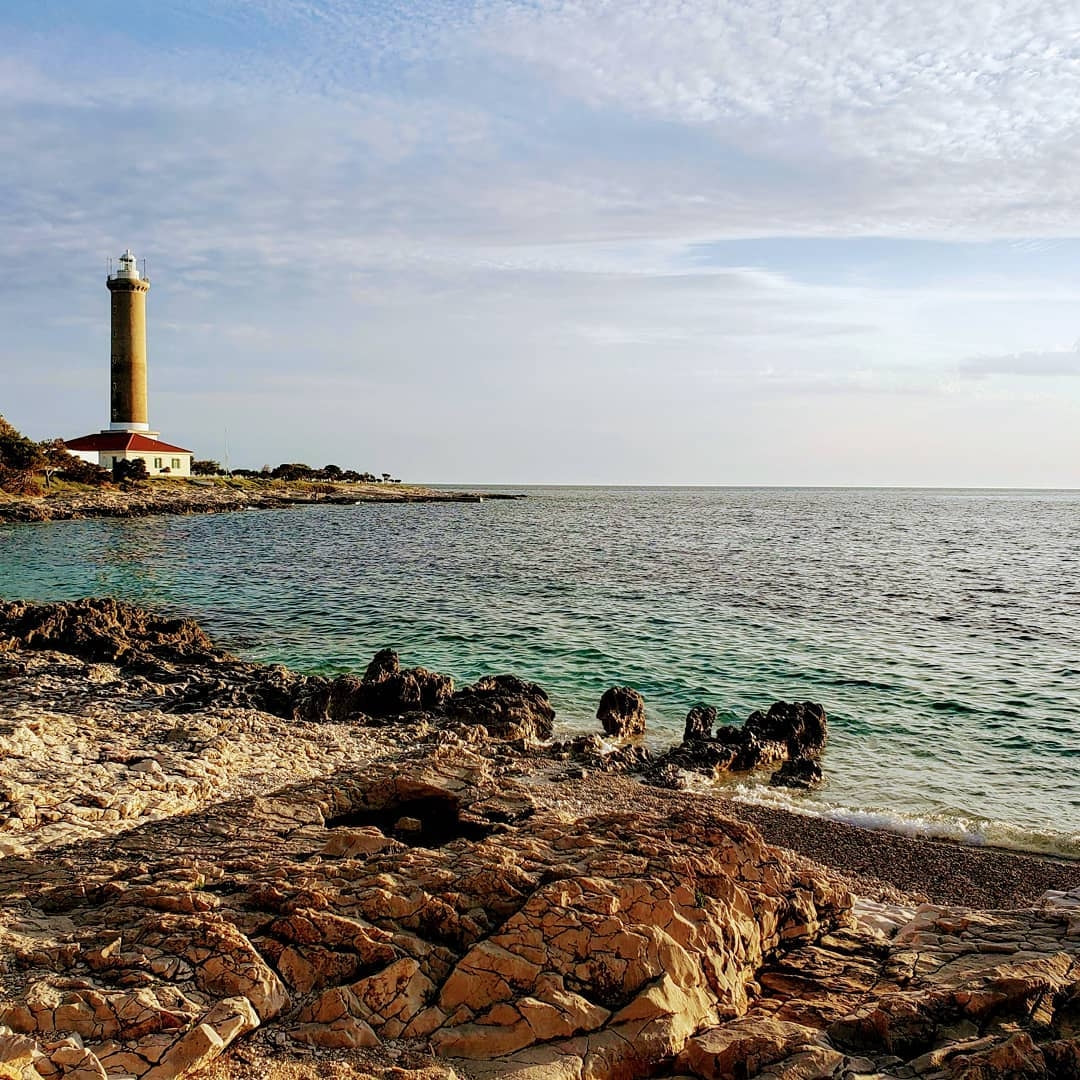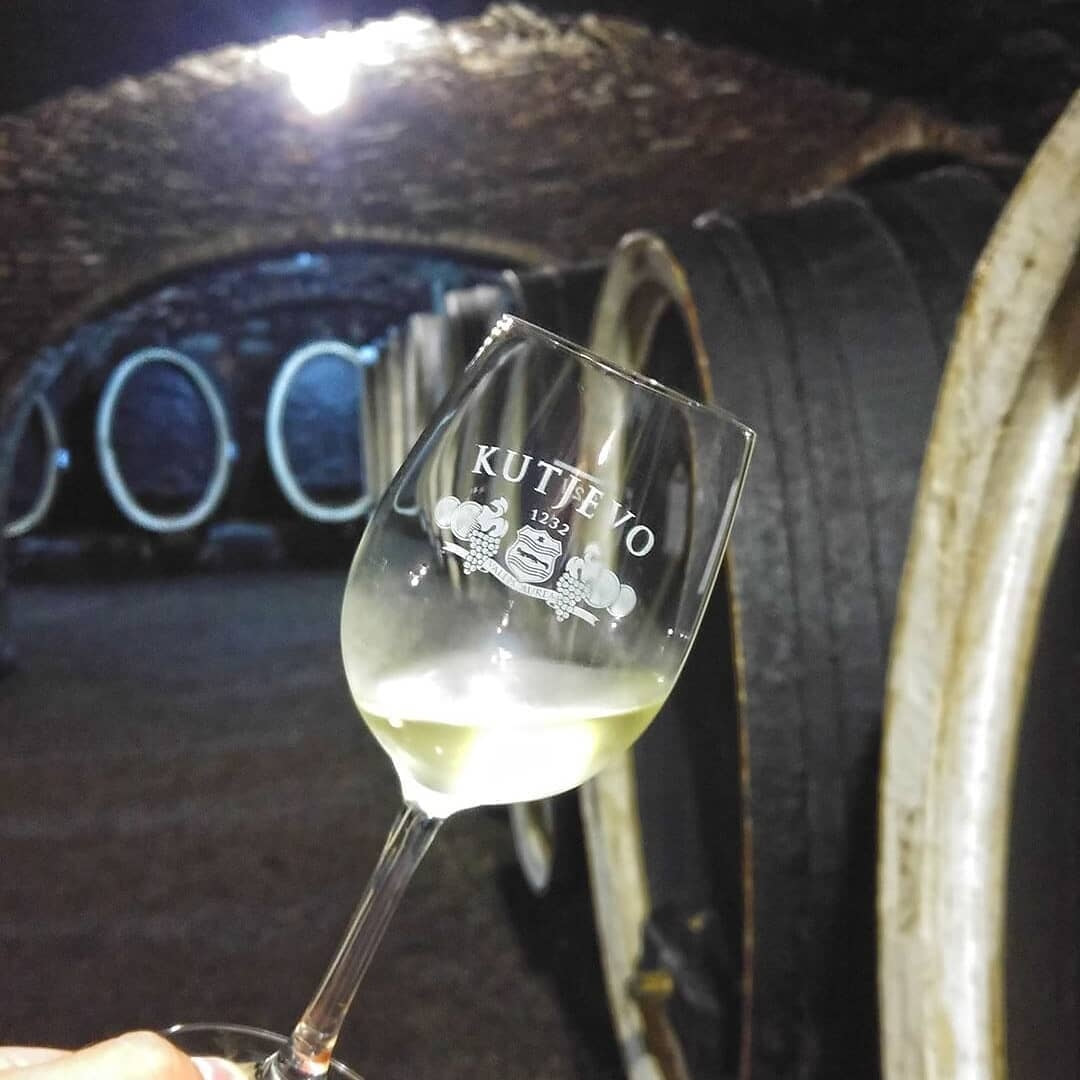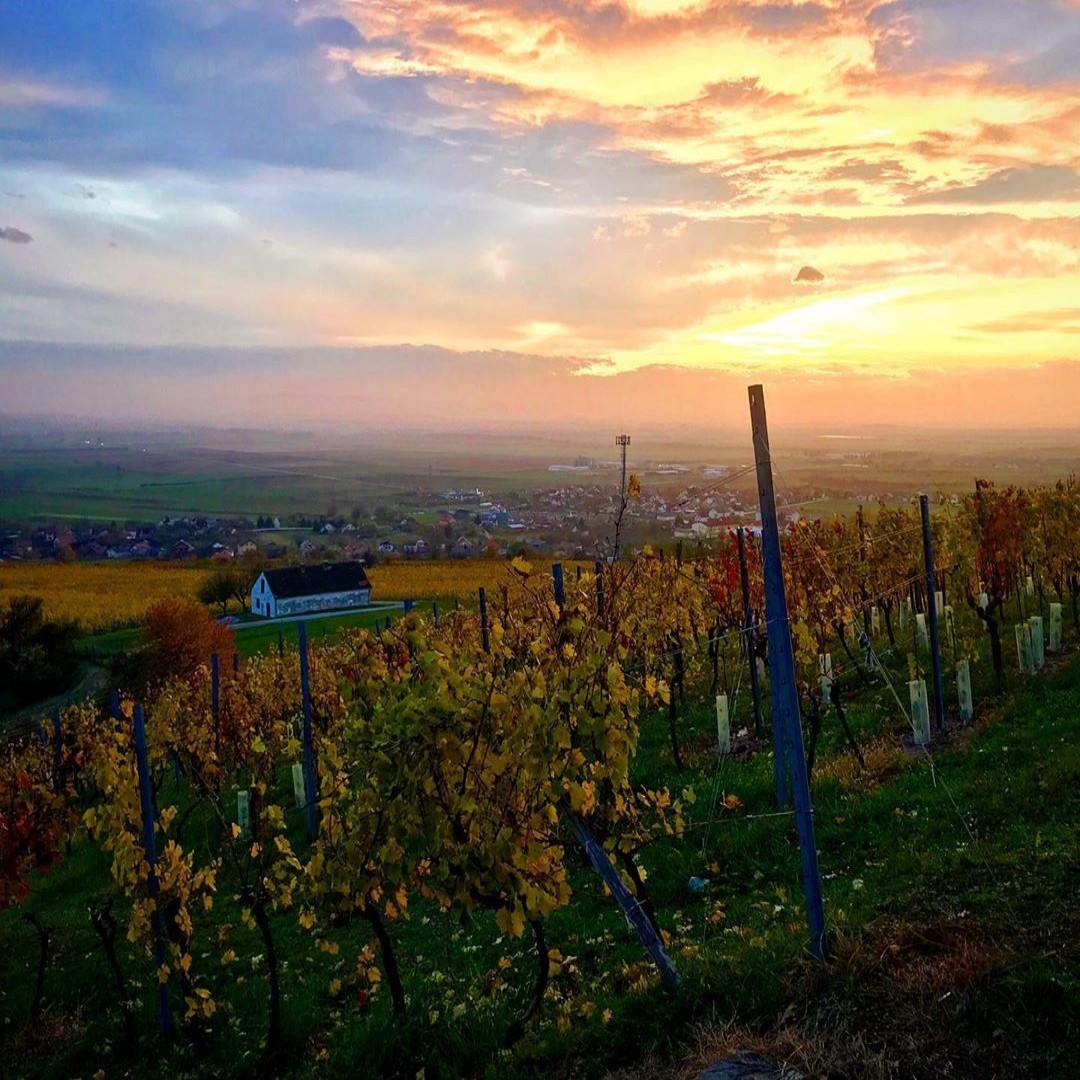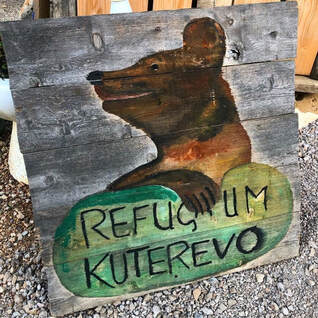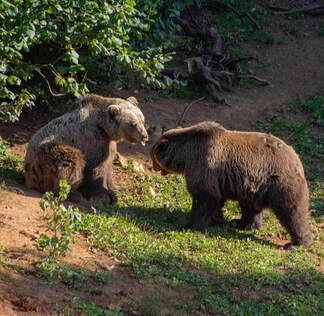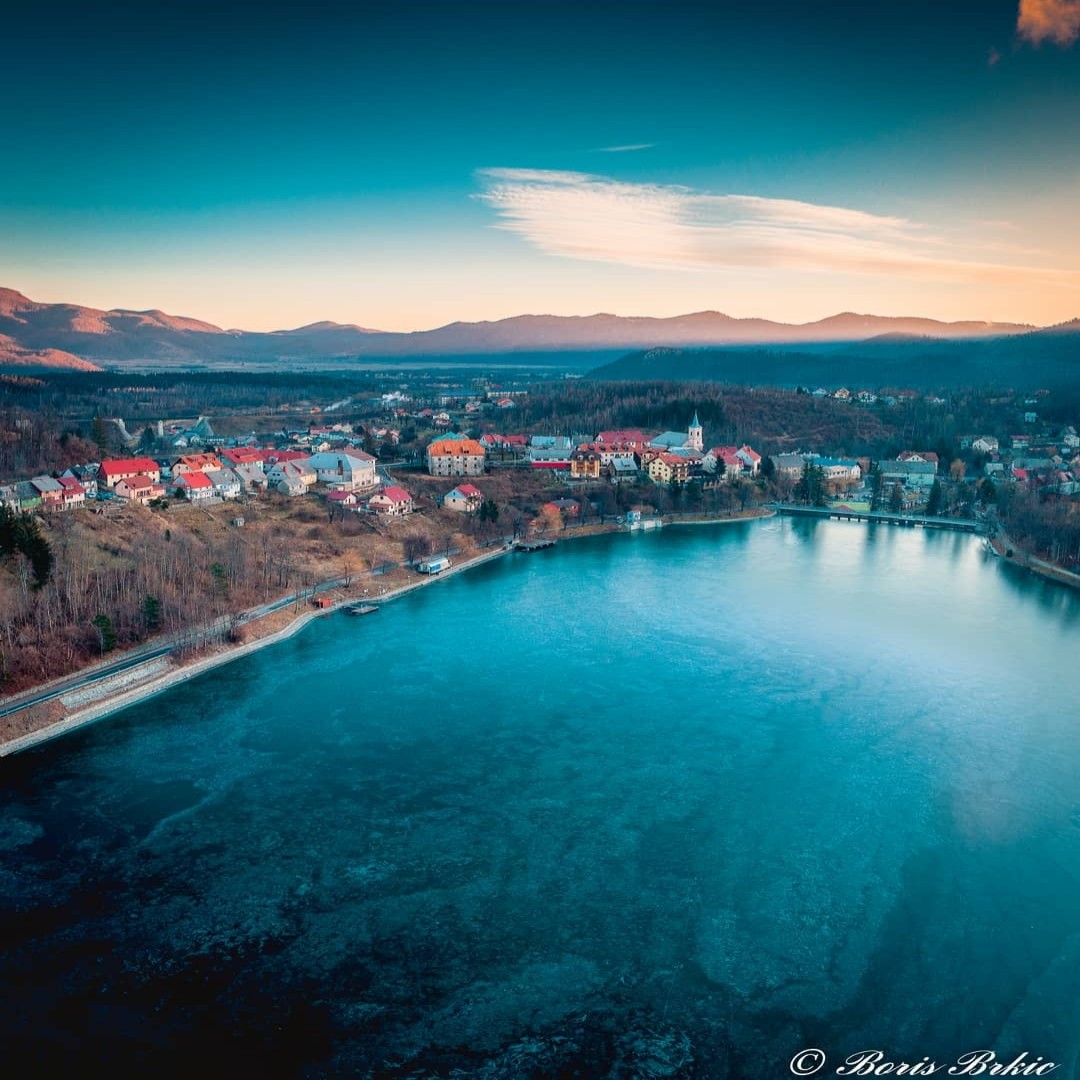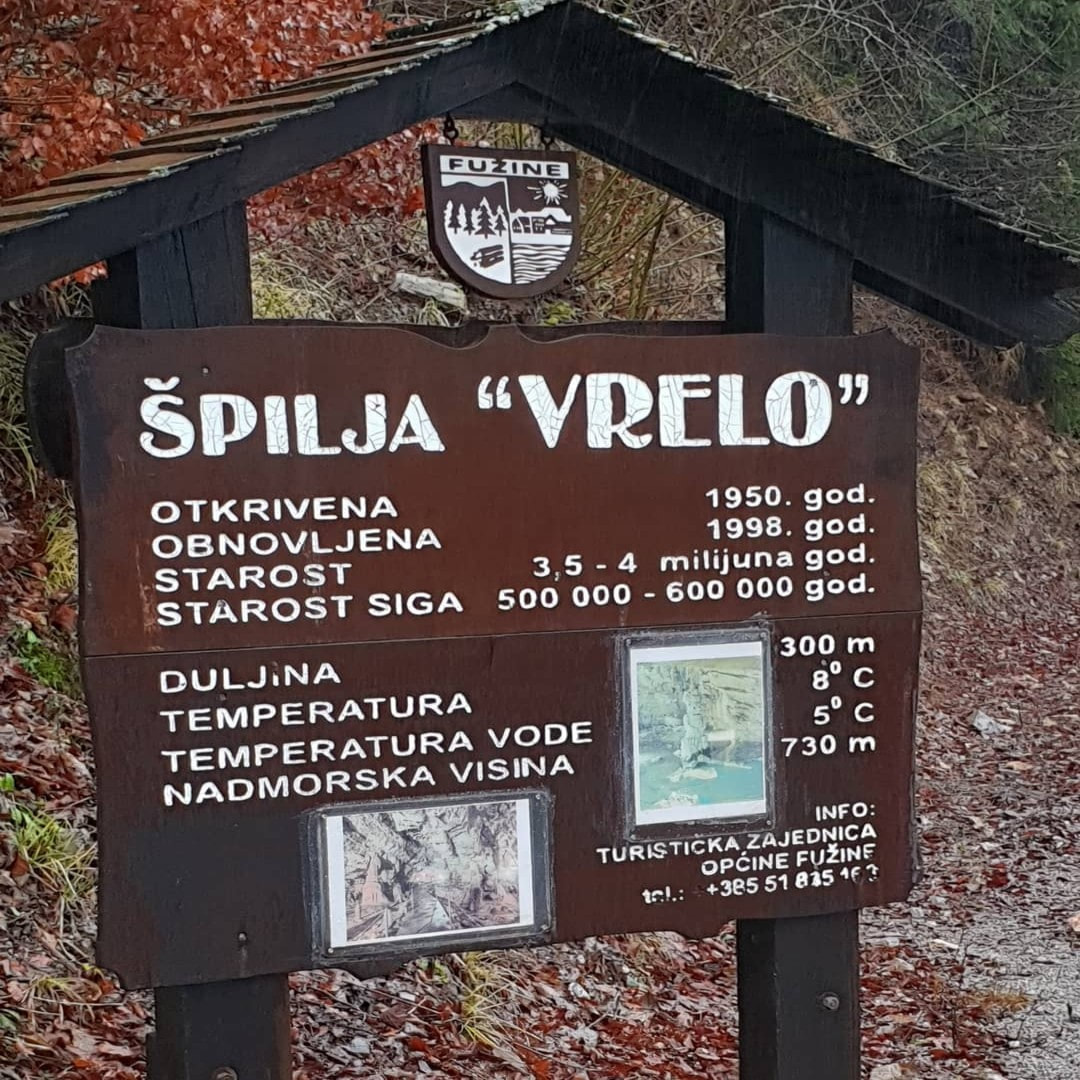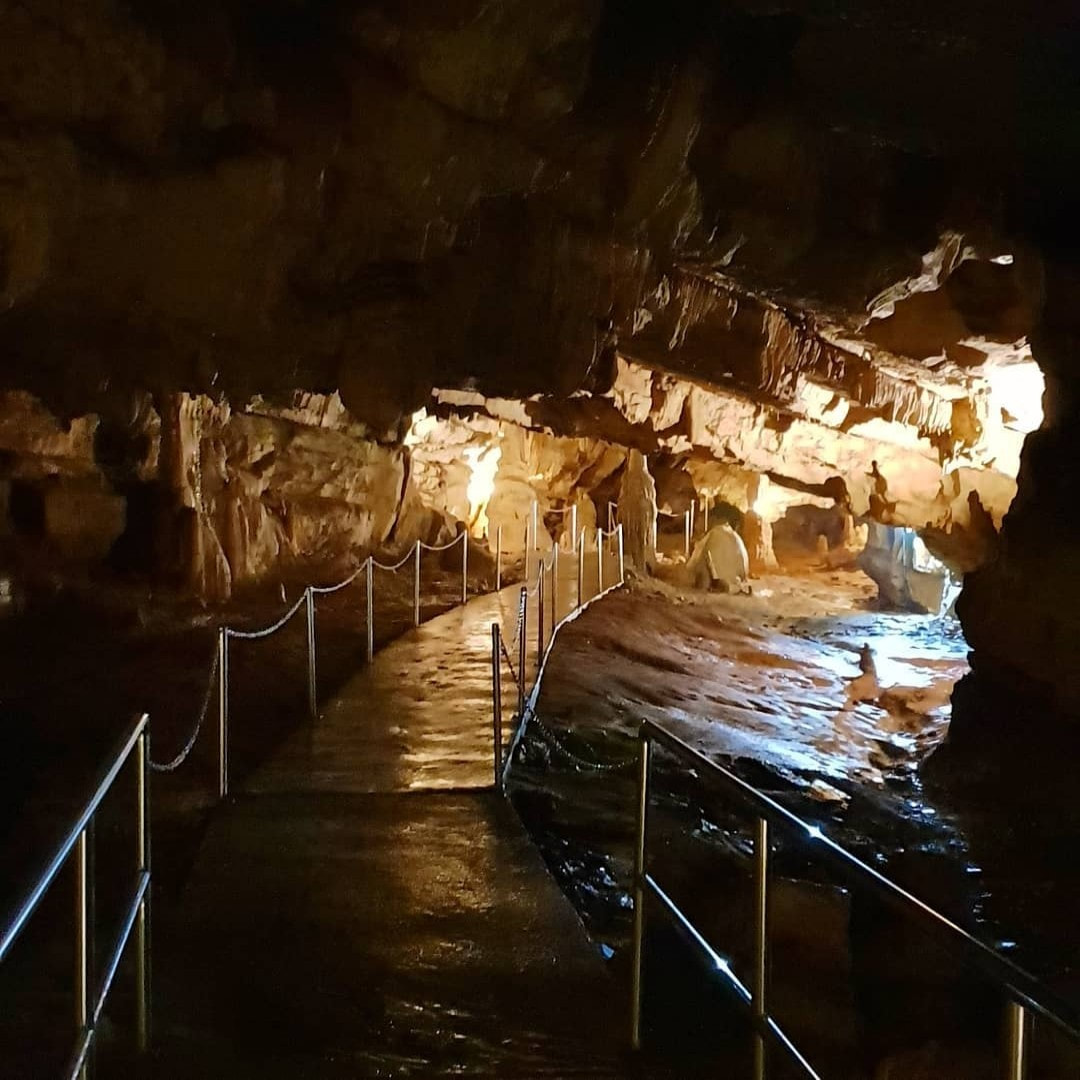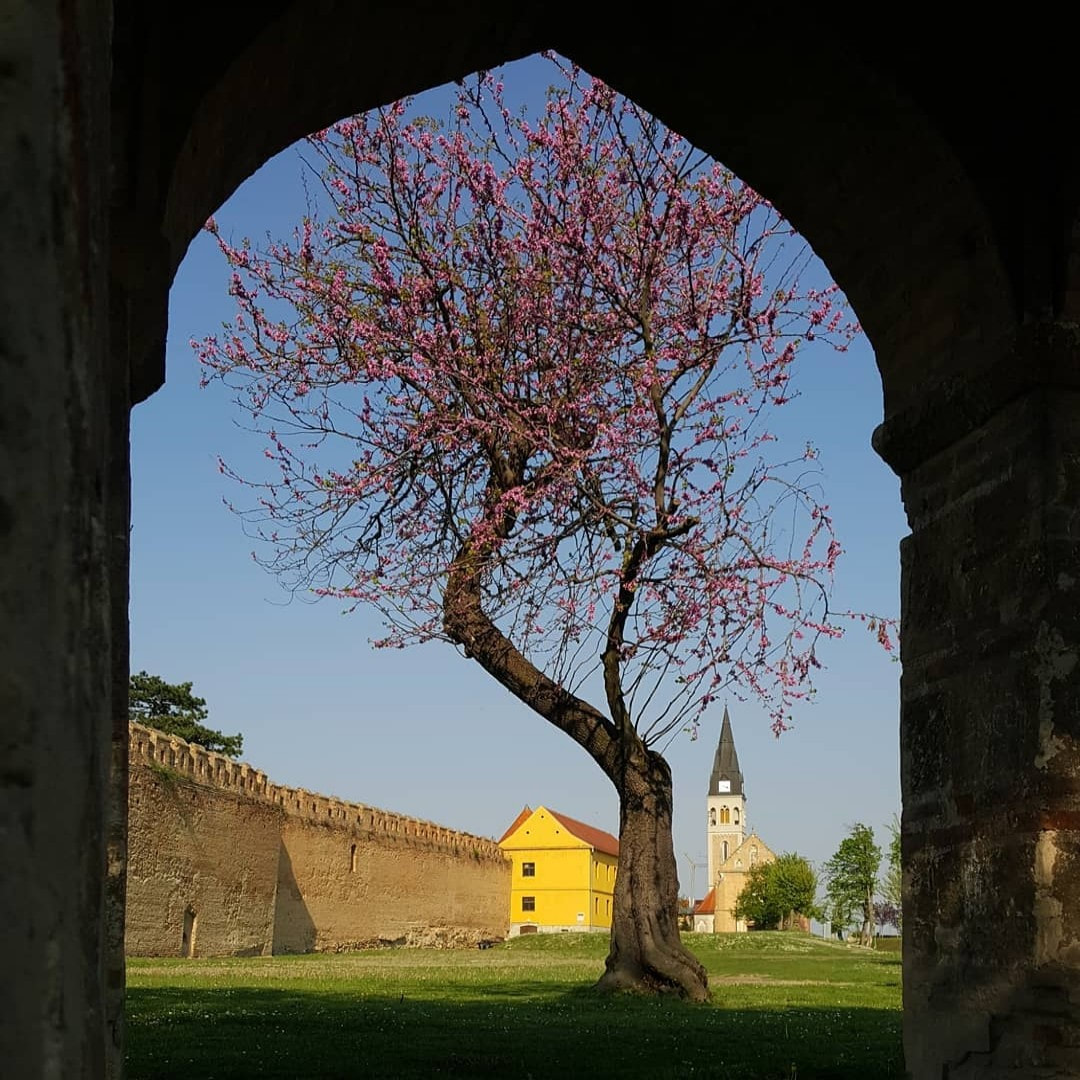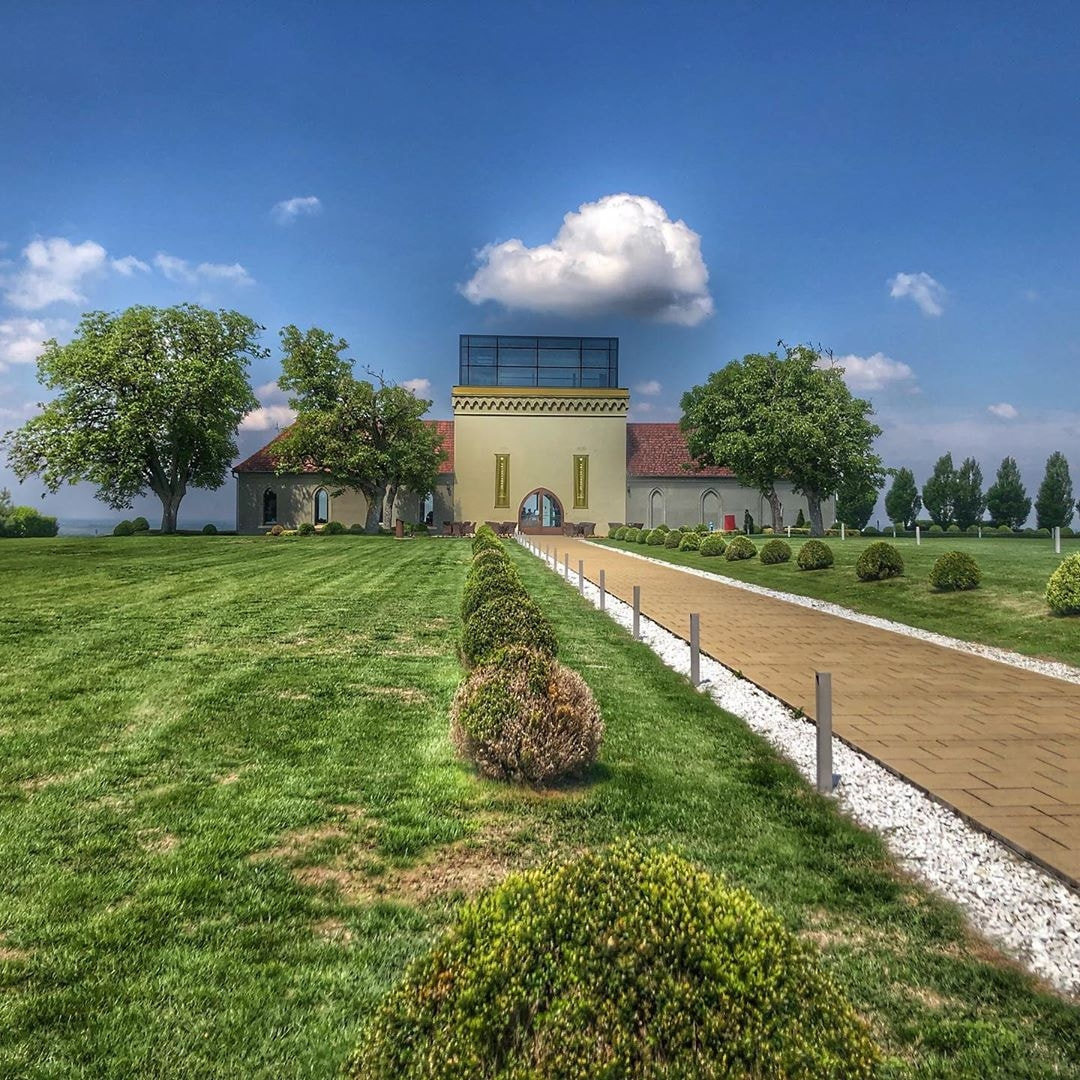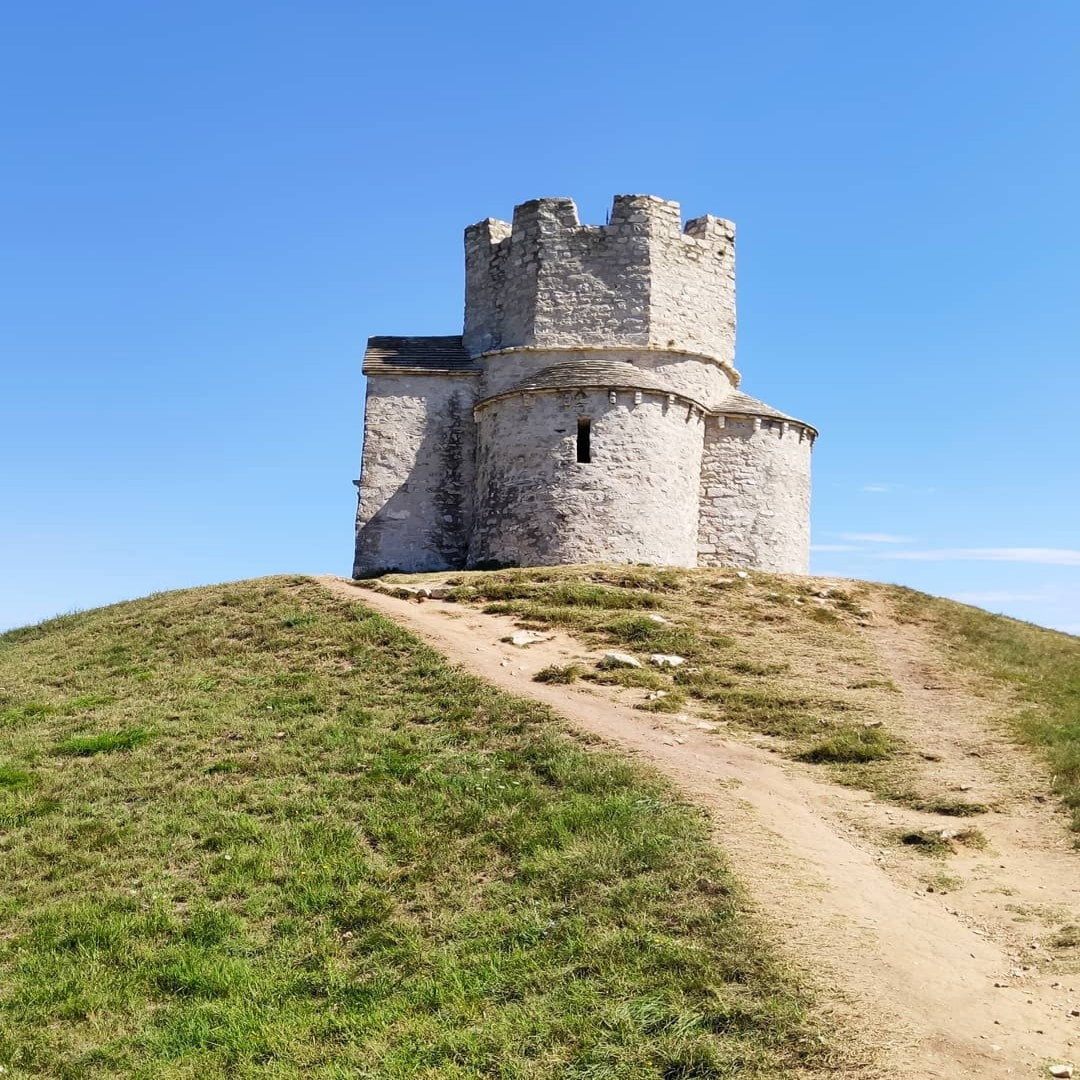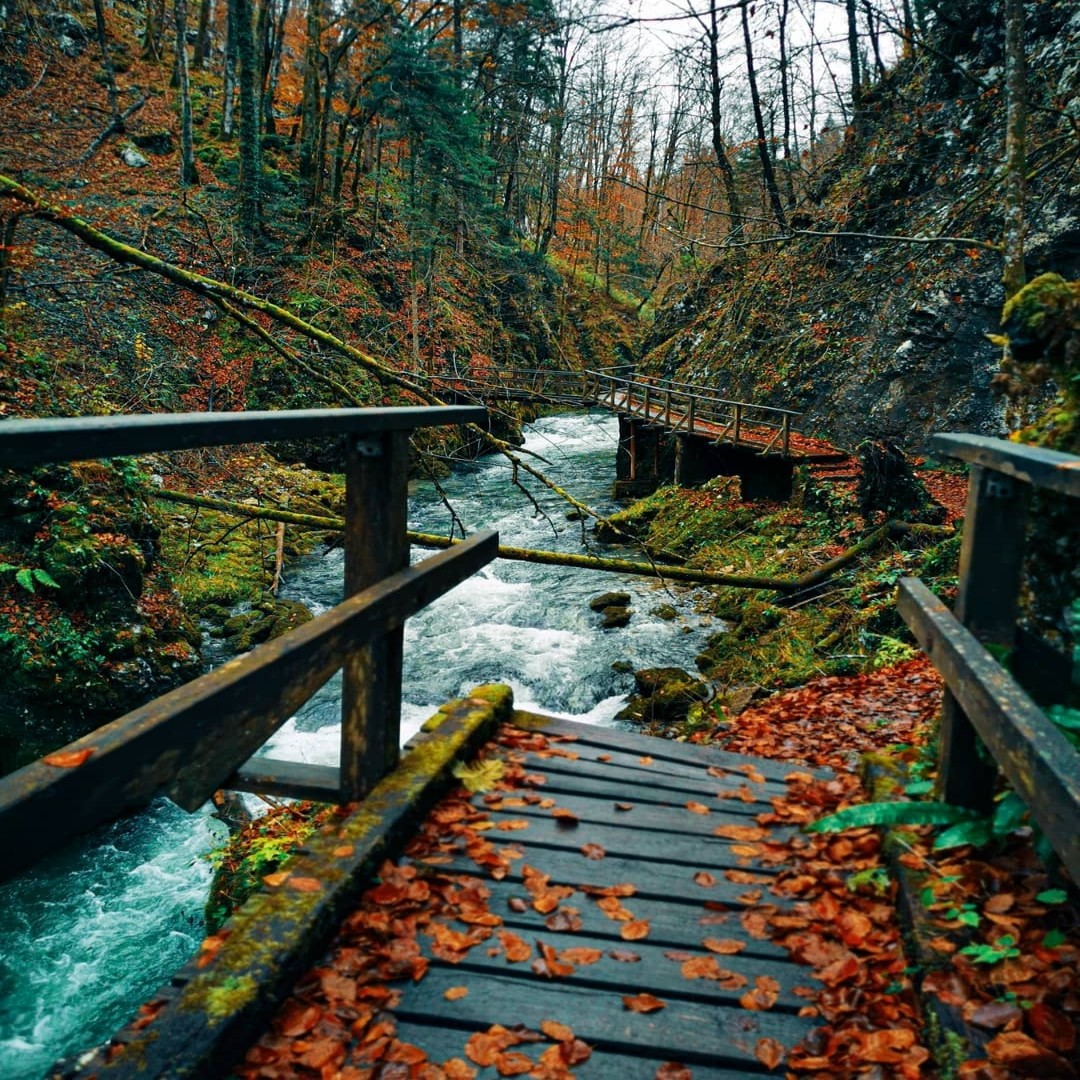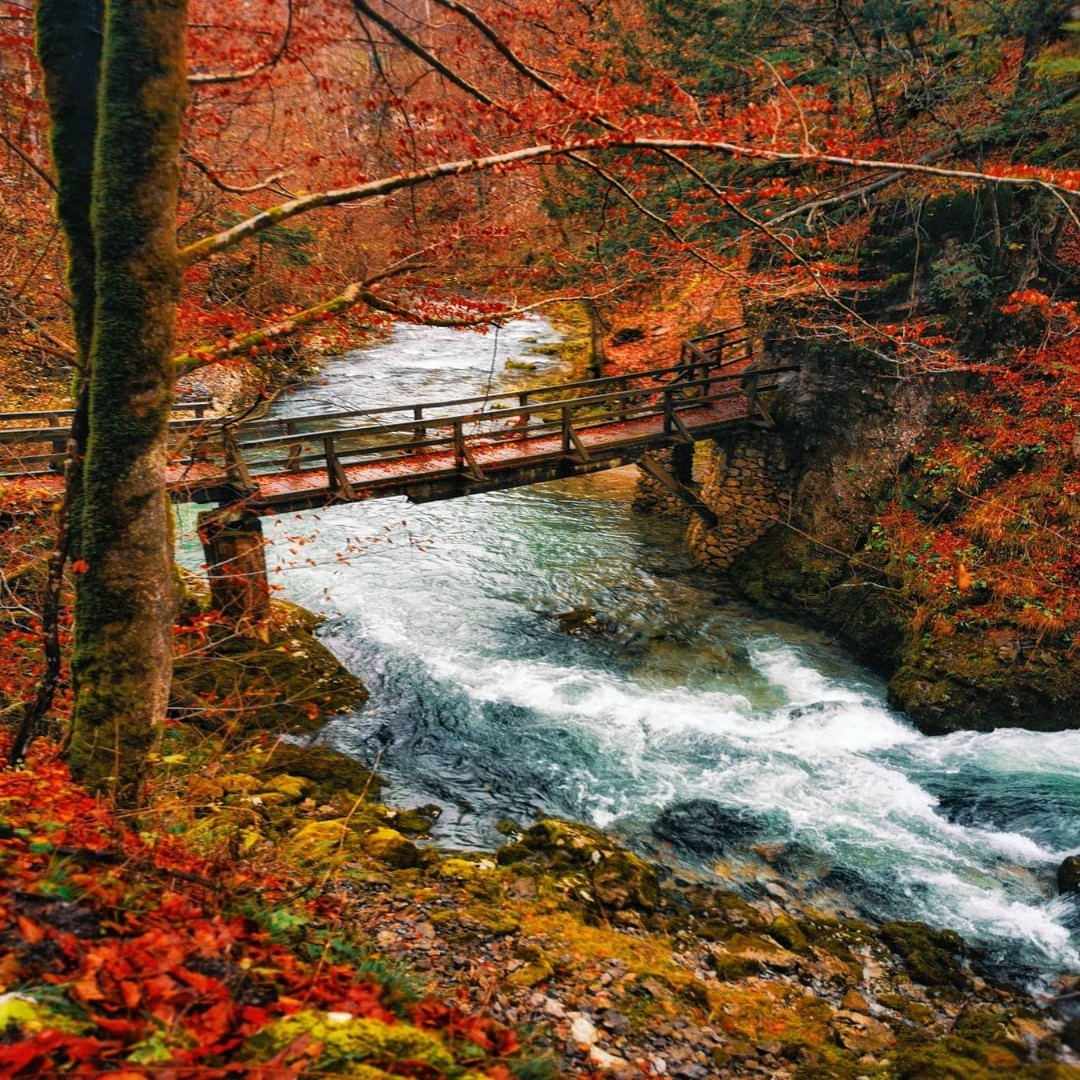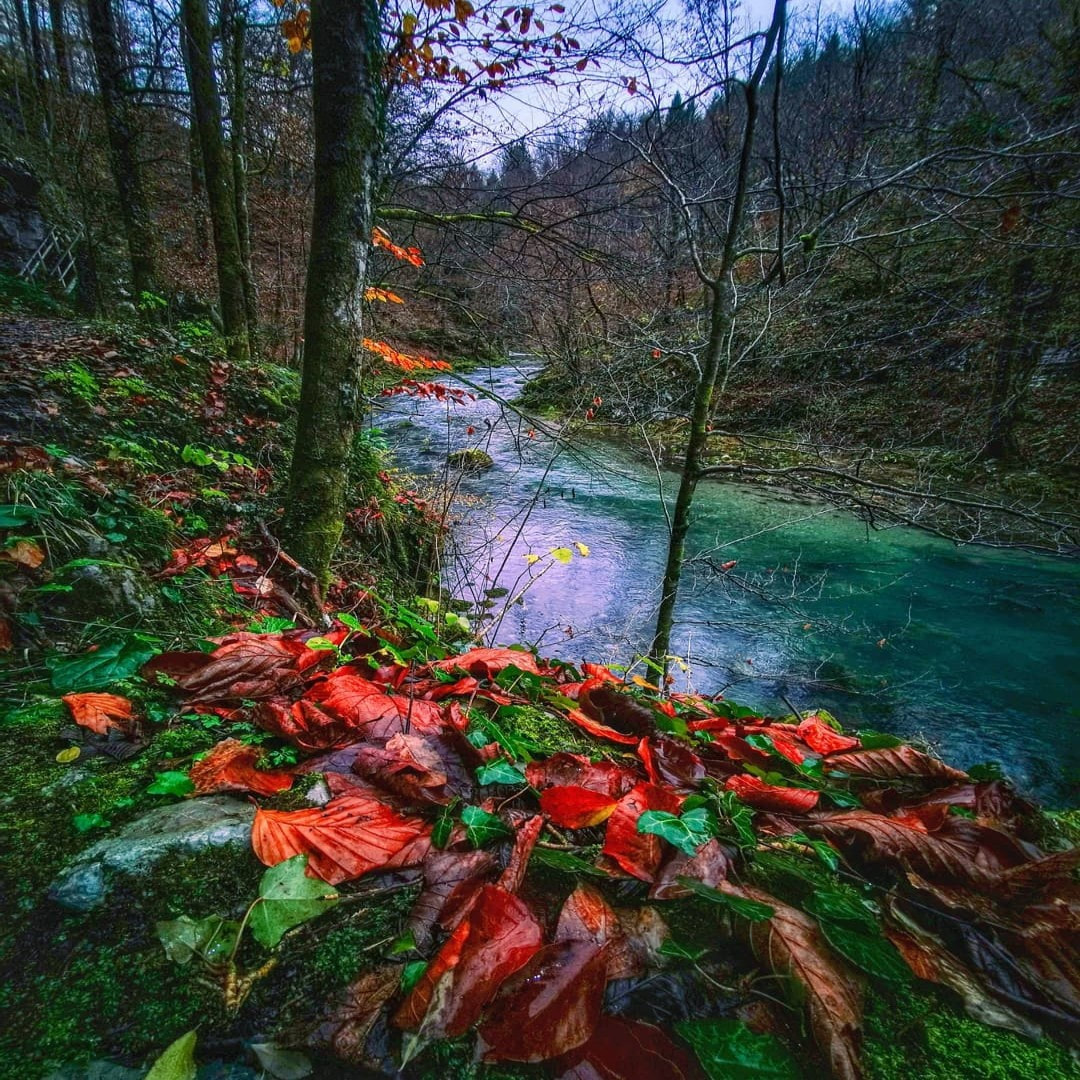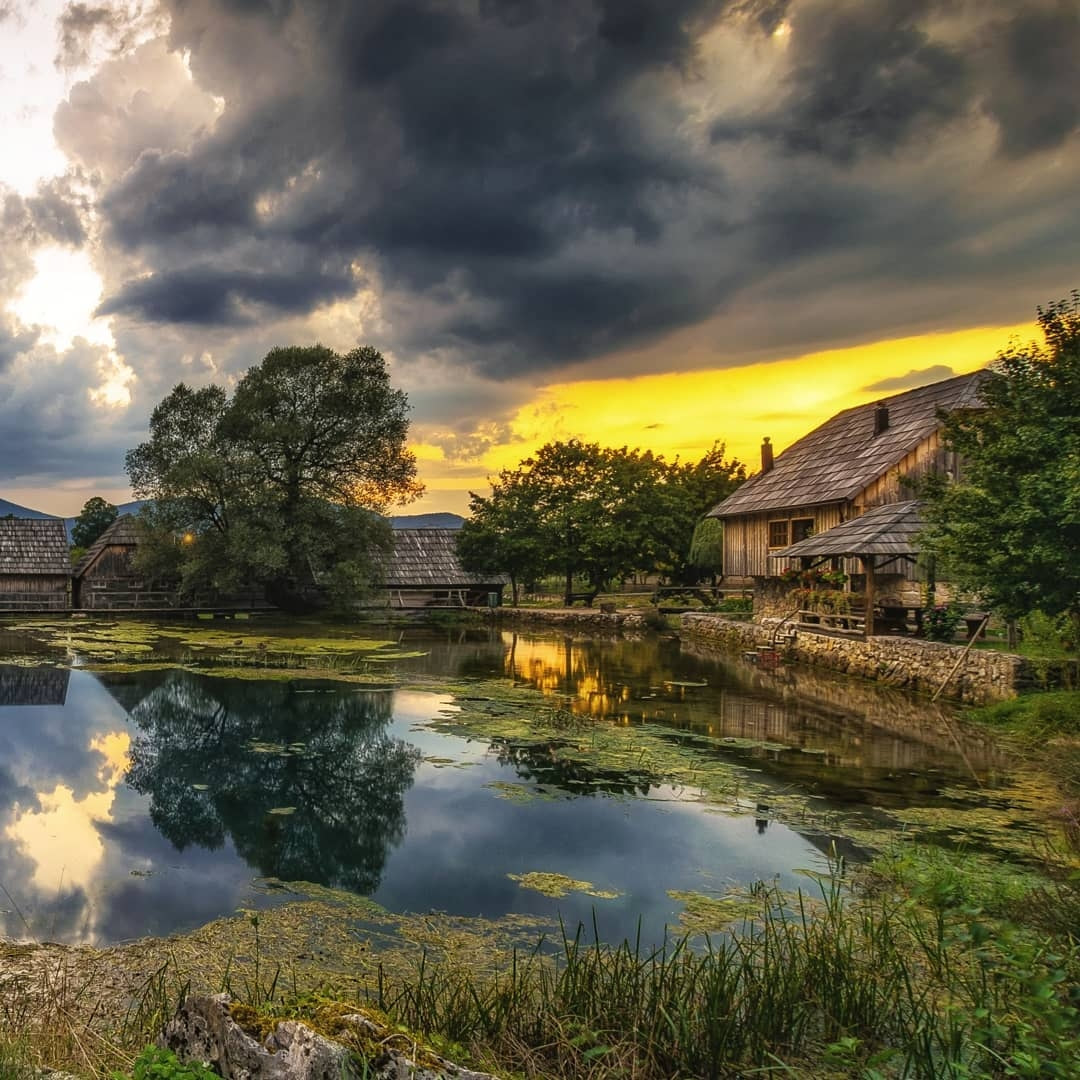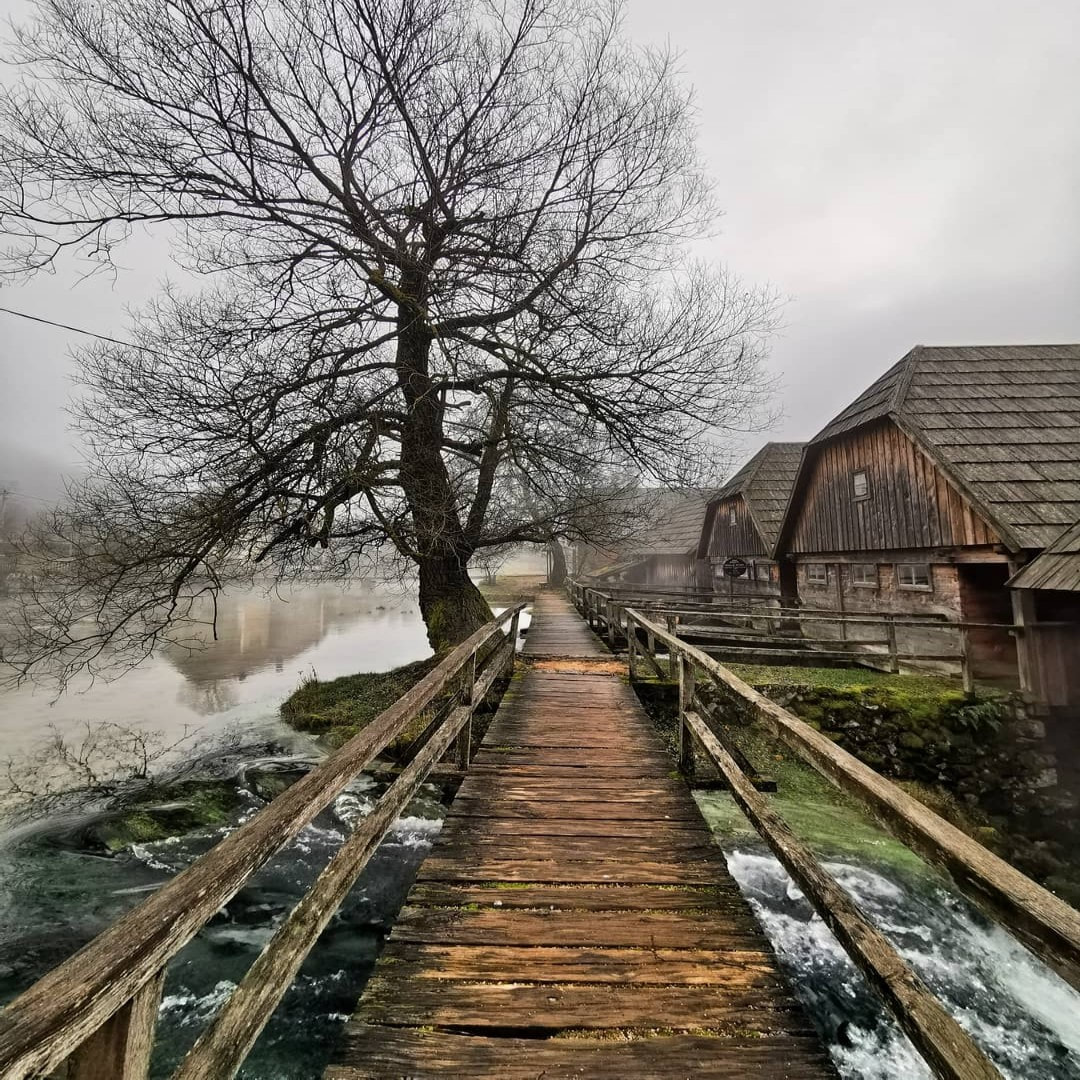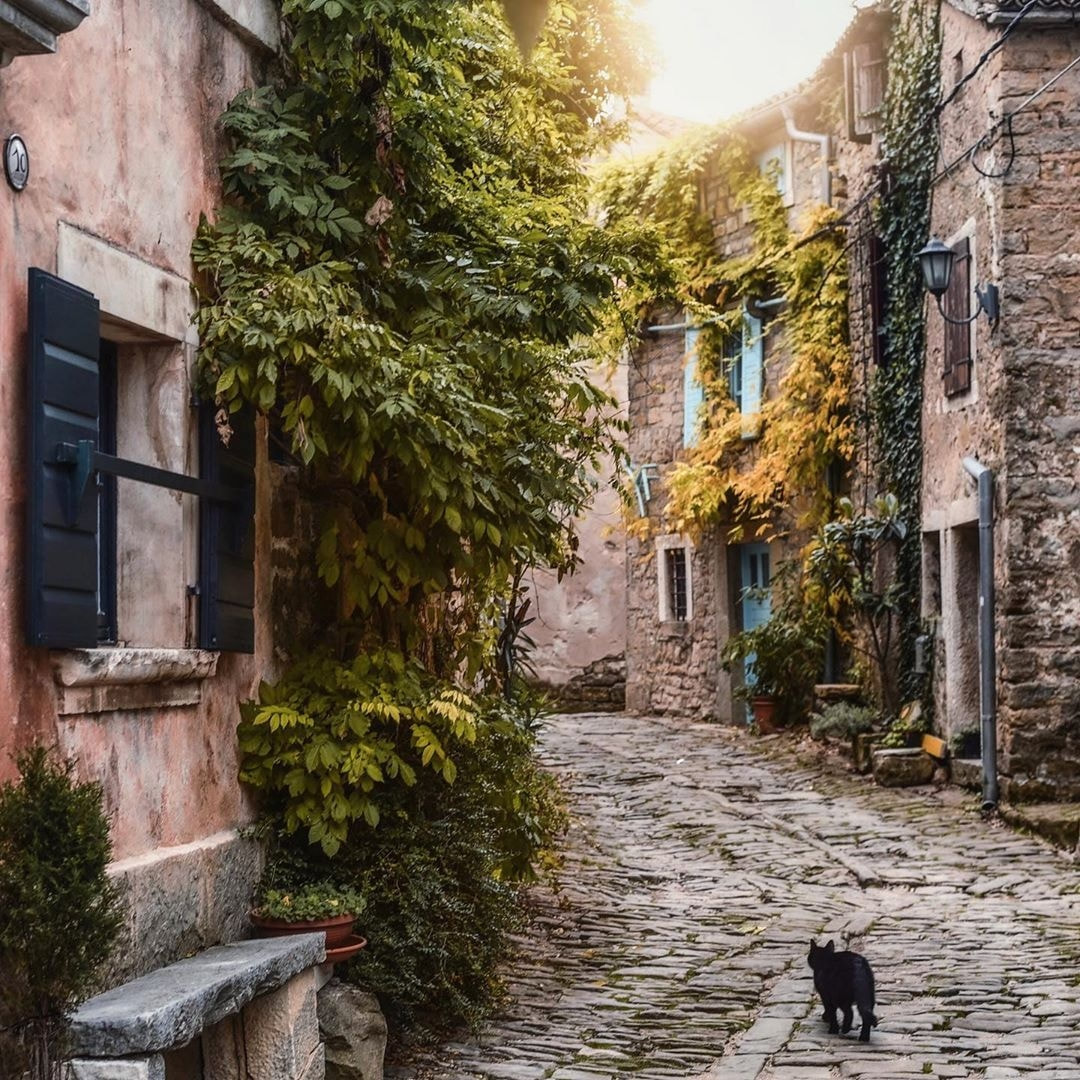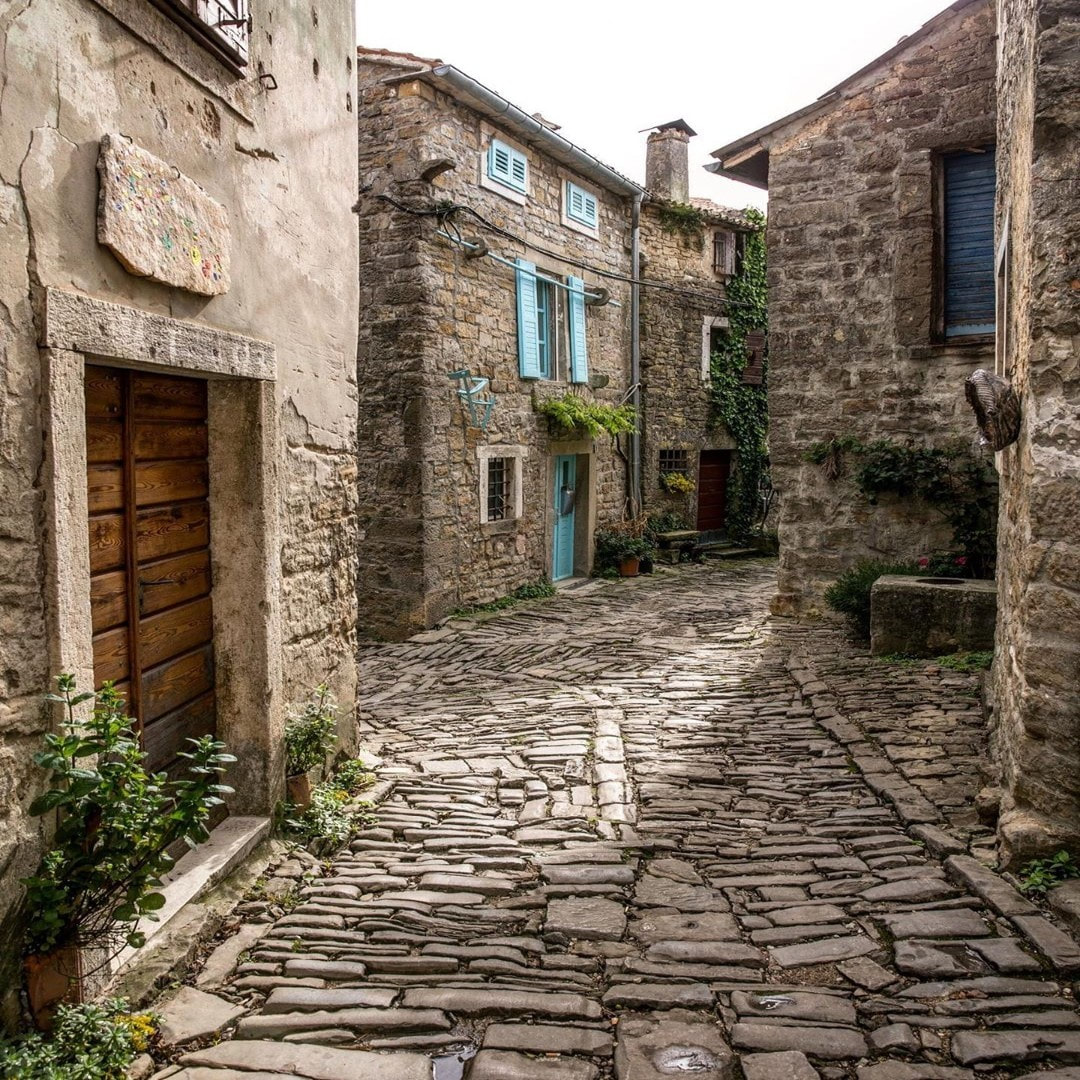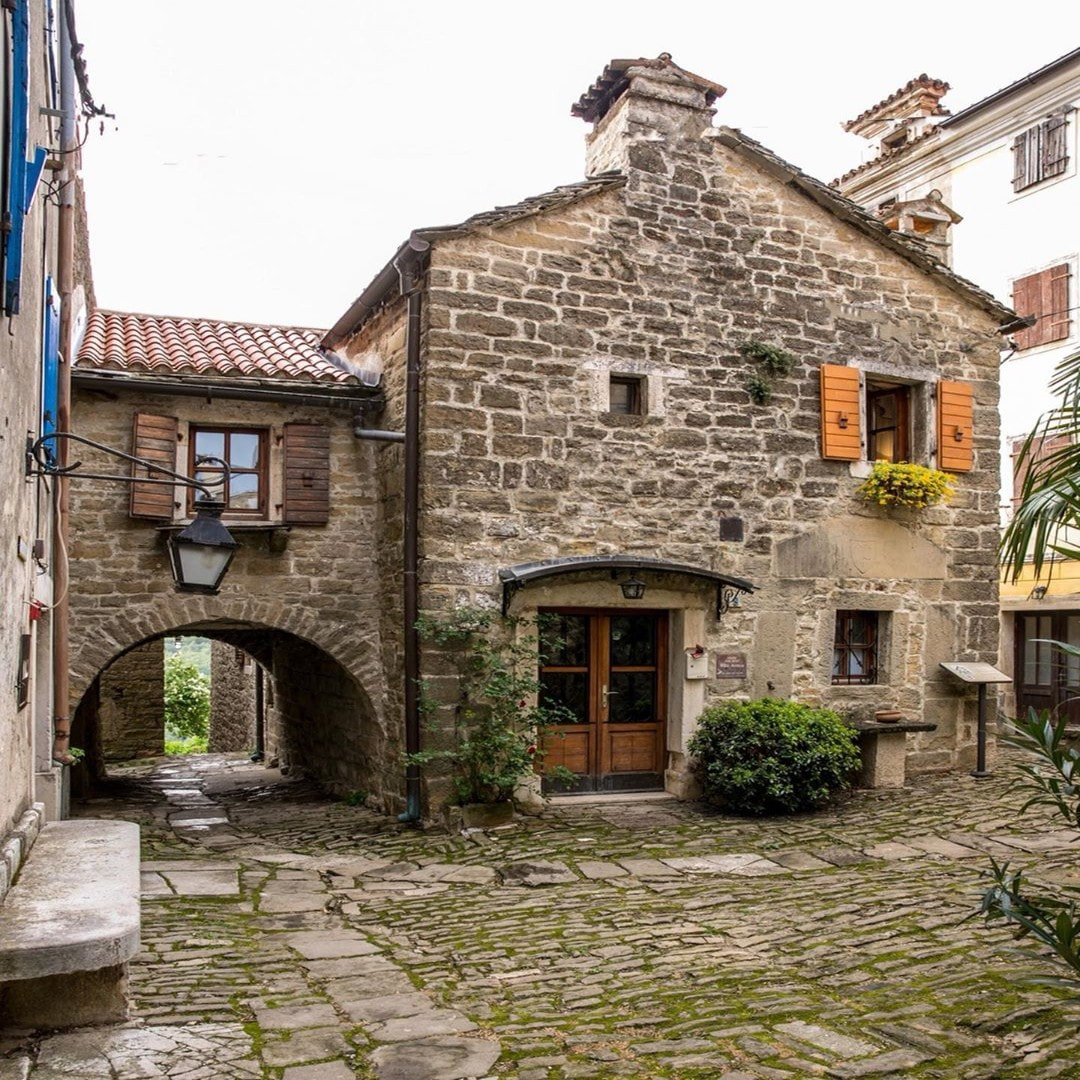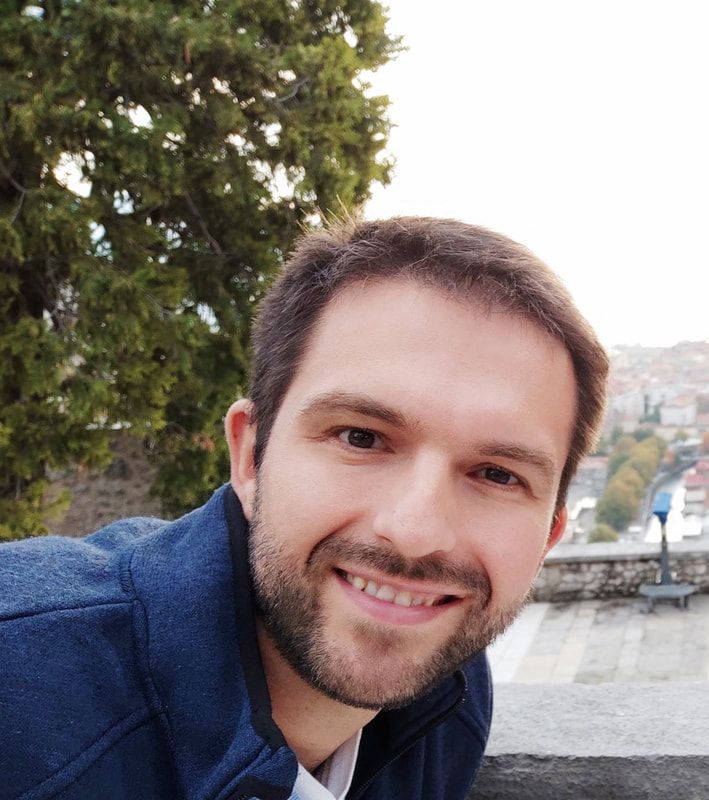There is so much more to Croatia than Dubrovnik, Hvar and Plitvice Lakes! Here are some hidden gems that are off the beaten path, and are definitely worth a visit!
From the smallest town in the world to the furthest eastern city, artsy towns, bear sanctuaries, horse farms and legendary lighthouses, discover more of Croatia on your next visit!
Here are 15 spots you’ve probably never heard of, so check them out and work them into your Croatia travel plans if you want a little something different!
From the smallest town in the world to the furthest eastern city, artsy towns, bear sanctuaries, horse farms and legendary lighthouses, discover more of Croatia on your next visit!
Here are 15 spots you’ve probably never heard of, so check them out and work them into your Croatia travel plans if you want a little something different!
1. Hum - Where everybody knows your name!
The smallest town in the world is actually located in Istria, Croatia. It’s name is Hum, and it’s home to 21 residents (according to the last census in 2011), so I would imagine they would know each other by name!
Legend has it that giants actually built this quaint Croatian town (probably while humming along in sync, happily admiring the perfection they were in the midst of creating), with the rubble and rocks leftover from building the surrounding towns of Roc and Buzet.
Its walls date back to about a thousand years ago, and it doesn’t look like much has changed since then.
Legend has it that giants actually built this quaint Croatian town (probably while humming along in sync, happily admiring the perfection they were in the midst of creating), with the rubble and rocks leftover from building the surrounding towns of Roc and Buzet.
Its walls date back to about a thousand years ago, and it doesn’t look like much has changed since then.
It has an official ‘town’ status because it has Its own administrative facilities and even it’s own mayor - imagine the town meetings? They could cater them with one party-sized sub and a family sized case of soda. Double your average chocolate chip cookie recipe, and dessert is served for everyone!
The town is also known as Biska, which is a traditional Istrian brandy. This brandy was originally used for medicine, but I imagine it was used in a more leisurely sense, even after you were cured of whatever you were being treated for!
The town is also known as Biska, which is a traditional Istrian brandy. This brandy was originally used for medicine, but I imagine it was used in a more leisurely sense, even after you were cured of whatever you were being treated for!
2. Smiljan - A star is born!
Smiljan is a little village near Gospic, and it’s also the birthplace of one of the greatest scientists in the world, Nikola Tesla.
Smiljan opened a memorial center in 2006, dedicated to Tesla, which is very interesting to visit if you find yourself in the area. They even have a miniature version of his test lab he worked in, while in Colorado, U.S.A.
Smiljan opened a memorial center in 2006, dedicated to Tesla, which is very interesting to visit if you find yourself in the area. They even have a miniature version of his test lab he worked in, while in Colorado, U.S.A.
Tesla was born in 1856, and is best known for his contributions to developing the modern alternating current electricity supply system (AC). He had many other patents, too, which you can learn about at the memorial center.
3. Kumrovec - Where time stands still!
Kumrovec is famous for being the birthplace and hometown of Tito (the former president of ex-Yugoslavia). It’s about an hour drive from Zagreb, and it’s more like a living museum in an old village, as there are still a few residents who live there today.
This Staro Selo Museum was created in honor of Tito, and gives an incredible, authentic representation of living and working in the past. It’s more of an open-air museum, as you can wander from one “house” or “shop” to the next throughout the village and see how things used to be. It really does a great job of portraying real village life as it was.
4. Imotski - Sink or swim!
|
Imotski is located in Dalmatia, a southern region of Croatia. It’s a great destination for swimming, hiking and sightseeing, with it’s beautiful, peaceful surroundings. The Blue Lake is in a huge hole that was likely created by a collapse of a large cave. Nice place for a game of soccer/football, too!
One of the most interesting spots in Imotski is the Topana Fortress, which dates back to the 10th century. It’s very well preserved and provides awe-inspiring viewpoints of the town itself, the Blue Lake, and as shown here - the soccer stadium! You can also visit the Red Lake nearby, which is known to be the deepest cave lake in Europe. |
5. Bale - The definition of charm!
|
Bale is a sweet little Medieval town in Istria, not far from Rovinj. It’s quaint, winding streets full of cobblestone and charm, give this town a nice warmth. It’s the perfect place to take a stroll, admire the old buildings, pathways and churches, all built around an old medieval castle (the Soardo-Bembo Castle).
The castle dates back to the 16th century, and was restored in 2012 with a beautiful gothic-renaissance facade. |
6. Veli Rat, Dugi Otok - A long Island with a legendary lighthouse.
This is one of my personal favorite places in Croatia. Dugi Otok (literally translated as Long Island, because of its long, thin shape) is off the coast of Zadar and is about 50km long.
There are so many incredible places to discover on this island, but the lighthouse in Veli Rat is a gem! It dates back to 1849, and it’s 42m tall, making it the tallest lighthouse on the Adriatic. It’s located at the very top of the island, so you get quite the view, and it’s surrounded by beautiful pebbly beaches and pine forests.
There are so many incredible places to discover on this island, but the lighthouse in Veli Rat is a gem! It dates back to 1849, and it’s 42m tall, making it the tallest lighthouse on the Adriatic. It’s located at the very top of the island, so you get quite the view, and it’s surrounded by beautiful pebbly beaches and pine forests.
Other places to see on the island are Telascica Nature Park and Sakarun Beach (a slice of paradise). Just off the southern part of the island, you’ll find Kornati National Park (a picturesque archipelago, best discovered by private boat).
According to an old legend, the yellowish facade of the lighthouse was made by mixing in thousands of egg yolks!
According to an old legend, the yellowish facade of the lighthouse was made by mixing in thousands of egg yolks!
7. Kutjevo - Wine-not visit?
Kutjevo is a beautiful little town located in the hills of Krndija. Many people call this region the wine capital of (continental) Croatia, as almost every plot of land has been used to grow grapes, with the most popular being Grasevina (a white wine variety).
The region spans around 60km, with hundreds of hectares of vineyards scattered throughout the most picturesque, natural landscapes.
The region spans around 60km, with hundreds of hectares of vineyards scattered throughout the most picturesque, natural landscapes.
Kutjevo dates back to the the 13th century, founded by Cistercian monks. Around that time is also when the wine cellar “Kutjeva d.d.” was established, making it one of the oldest wine cellars in use today.
8. Đakovo and the Lipizzaner Stud Farm - Hello neighhhhhbor!
Right in the middle of the region of Slavonia, sits a sweet town called Đakovo, which is known as an artists’ town with many painters, writers and unique cultural events happening, and it’s a place you can visit all year long.
Đakovo is also home to the Cathedral of St. Peter which is the largest church in this part of Europe (between Istanbul and Rome). Seven million bricks were used to construct the cathedral, which also showcases 36 thirty-square-foot frescoes, based on stories from the Old Testament
On top of all this, Đakovo is the perfect place to visit for all horse-lovers, with the Lipizzaner Stud Farm that dates back to 1506 (making it one of the oldest horse farms in Europe).
There is a long history of horse breeding in the Slavonian and Baranjan regions, which is what brought Queen Elizabeth II to visit the Lipizzaner Stud Farm back in the 70s, and even take a ride herself!
9. Kuterevo - So beary sweet!
Along the northeast slope of Velebit (right on the border of the Velebit Nature Park) is where you’ll find the quaint village of Kuterevo, and a bear sanctuary for abandoned cubs, “Kuterevo Refuge for Young Bears.”
This sanctuary is a special place, as it provides shelter for orphaned cubs, and their habitat is protected.
They host many volunteers who care for the bears, feed them, and nurture them and take care of the property. Visitors can come to witness all the action - I visited back in 2015, and it’s a wonderful place where they can educate the public about bears and bear population.
It’s best to visit from spring to fall, as the bears are dormant in the winter.
10. Fužine, Lakes and Vrelo cave - An outdoorsy adventure!
Fužine is a charming town located in the southwestern part of Gorski Kotar, a mountainous region in Croatia. It’s most well known for a few things: a New Year’s party, its lakes, and the Vrelo Cave.
The New Year’s party happens every year, but actually happens right on New Year’s Day, at noon! The town gathers, celebrates and everyone participates in this festival celebrating a new year beginning.
The lakes in Fuzine are picturesque and are great for hiking, fishing, and other outdoorsy activities.
The Vrelo Cave (estimated to be around 4 million years old) was randomly discovered when the Bajer reservoir was being constructed in the fifties. It’s not a very long cave (only about 300m) but its beauty is simply breathtaking and worth a visit.
11. Ilok - Fortress, wine, and views, oh my!
Ilok is the easternmost town in Croatia, situated on the Danube River and surrounded by hills and vineyards.
The city has a long history of wine production (dating back to Illyrian times). You can visit the old cellars and learn about the history of the wine and how it was kept hidden through the wars.
The city has a long history of wine production (dating back to Illyrian times). You can visit the old cellars and learn about the history of the wine and how it was kept hidden through the wars.
Be sure to also stop by Principovac, which is perched on a hill near the historic center of town (where you can enjoy picturesque views of Ilok, Srijem and Backa).
Here you’ll also find the Odescalchi Estate (who were the Dukes of Ilok) and their vineyard. This was home for the family during hunting and harvesting seasons back in the day.
If you have the chance, try Traminer and Graševina from Principovac - those are the most well known and delicious wines in the area!
You can also visit the Ilok fortress. It hasn’t been restored, but some stretches of the remains are in very well preserved. An interesting fact is that if you look across the Danube River, you can see Serbia.
12. Nin - A place to pin!
Nin isn’t a secret, but this small town near Zadar is a wonderful place for a trip! It actually holds the title of European Destination of Excellence, yet somehow remains off of many visitors’ radars!
The history, sandy lagoons, beautiful churches (namely, the Church of St. Nicholas), the smallest cathedral in the world (the Church of the Holy Cross), the salt museum and much more, all make Nin an interesting and fun choice for travelers.
13. Canyon Kamačnik - Nature and tradition.
Who doesn’t love a good canyon? Canyon Kamacnik is a protected landscape near Vrbovsko, in the Gorski Kotar region, with the Kamacnik River flowing through it. It’s a perfect place to hike, take in all the natural beauty, with a nice footpath to follow. Once you enter the path, you can reach the river spring in about 3km.
The walk/hike takes you over a few wooden bridges and stone steps, but stays along the river for the best views. There are several information boards posted along the way so you can also learn about the area (its plants and animals).
There is a lovely restaurant at the start of the path, called “Kamacnik” where you can order some traditional dishes, specific to the region itself (there are some venison stews, trout, famous blueberry strudel, and more).
14. Gacka Spring and Majer Spring Mills
The Gacka River is one of the cleanest rivers in Europe and is home to over 30 springs, one of which (the Majer Spring), is over a hundred meters deep.
There were around 60 mills that opened and operated along the river and its tributaries throughout the 20th century. Nowadays, there are still mills, but only a few still operate their old-school style grain grinder, using water propulsion power (again, Majer Spring Mill is one of those!).
You can visit Majer Spring Mill and witness first-hand how flour is made, and even buy some freshly ground flour and other milled products to take home! You can also pick up other local products like honey, brandy, and try some Gacka trout, fresh from the river.
15. Groznjan - An Istrian gem!
Groznjan is an ancient town in northwestern Istria, and is known as the city of artists with its dozens of galleries that fill the area. You can stroll through this picture-perfect town (it seriously looks like you’re in a postcard) and experience art on the street, displayed in the shops and galleries scattered around.
Groznjan makes for a perfect day trip from Rovinj, or even a stop en-route from Zagreb. This charming town is also known for its award winning olive oil, excellent wine and succulent truffles found locally by specially trained dogs, so save your appetite (for art and food), and visit Groznjan!
That wraps up our list of 15 places that you probably haven’t heard of in Croatia! From art to animals, fresh fish, flour, adventure and fun, we hope you’ve found a place or two that peaks your interest for your next trip.
|
Sarah Cosic
Royal Croatian Tours - Specializing in custom made, luxury trips throughout Croatia. We offer exclusive experiences all over the country, and we’re passionate about providing you exceptional service that goes above and beyond for your tailor made vacation! Send us an email or give us a call to start planning today! |
If you’re interested in reading a few of our other posts about Croatia:
- 25 Strange Things Croatians Do (And Would Never Do)!
- Croatian Culture, Etiquette & Social Norms: A Complete Guide!
- My Kids Don't Speak English: Raising Bilinguals is Tough!
- 15 Places in Croatia You've Probably Never Heard Of!
- 50 Insanely Spectacular Photos of Croatia: Start Packing!
- Croatia’s Best 20 Beaches: Sandy, Pebbly & Hidden Gems
- Is Croatia Safe? Read Our 20 Useful Safety Tips for Tourists
- 5 Reasons Croatian Grannies are Cuter than Kittens
- 8 Reasons You Should Never Swim in the Adriatic
- Top 10 Day Trips From Zagreb, Within 1hr Drive
- Croatian Money: KN or EURO, Exchanging $, and Daily Costs
- How I Learned to Speak Croatian as an Adult (in 7 Steps)
- Driving in Croatia (A Helpful Guide With Practical Tips)
- 38 Local Tips & Mistakes to Avoid When Traveling to Croatia
- Travel to Croatia With a Toddler or Baby (From Experience!)
- Tipping in Croatia: A Complete Guide With Suggested Amounts!

